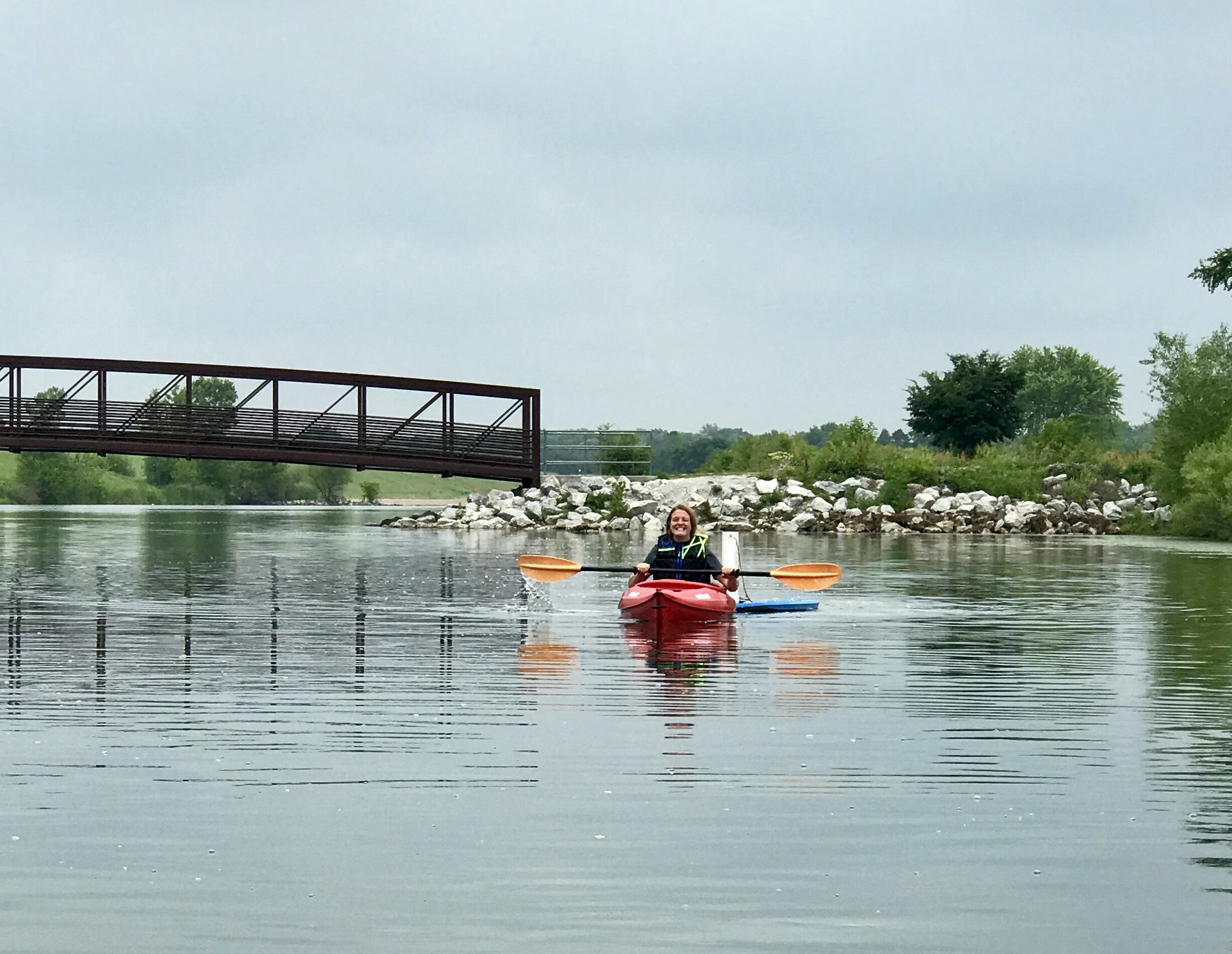
Pesticides in Recreational Lakes (Completed)
Significance:
Neonicotinoid pesticides are ubiquitous in both urban and agricultural streams
Cause paralysis and death to non-target organisms, such as honeybees, through photo-transformation resulting in highly toxic byproducts
Objective:
Identify trends of common use pesticide occurrence in three recreational lakes with varying watershed land uses.
Hypothesis:
Neonicotinoid pesticides would be highest in the agricultural watersheds.
Conclusions:
Pesticide accumulation in lakes was highest in the urban lake compared to the predominately herbaceous and agricultural watersheds.
Imidacloprid exceeded both acute and chronic invertebrate limits.
Pesticides were both persistent entering and remaining within recreational waters throughout the year.
Funded: USGS
Publication: Satiroff, J., Messer, T.L., Mittelstet, A.R., and Snow, D. 2021. Pesticide occurrence and persistence entering recreational lakes in watersheds of varying land uses. Environmental Pollution. 273: 116399. doi. https://doi.org/10.1016/j.envpol.2020.116399
Graduate Student: Jessica Satiroff (MS Environmental Engineering; Graduated 2020)